Rank Species | Genus Brya Higher classification Brya | |
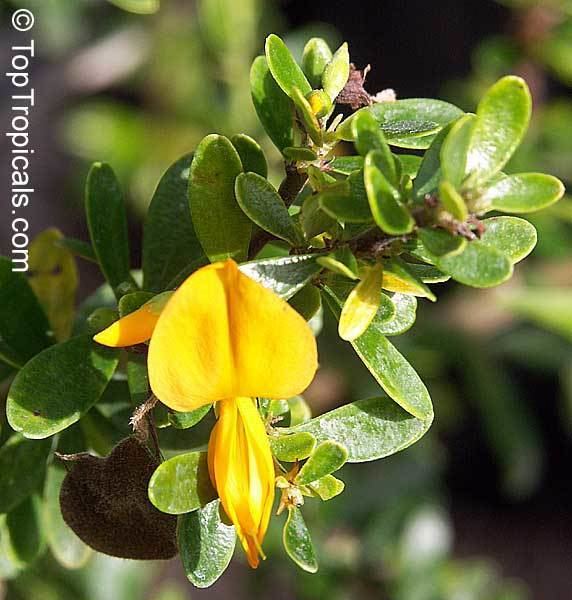 | ||
Similar Brya, Nutmeg Hickory, Legumes, Berlinia, Fraxinus profunda | ||
Brya ebenus jamaican rain tree
Brya ebenus, also known as espino de sabana, granadillo, cocus wood, cocuswood, and coccuswood, is a species of flowering tree in the pea family, Fabaceae, that is native to the Caribbean islands of Cuba and Jamaica. Horticulturally it is known as the Jamaica(n) rain tree.
Contents
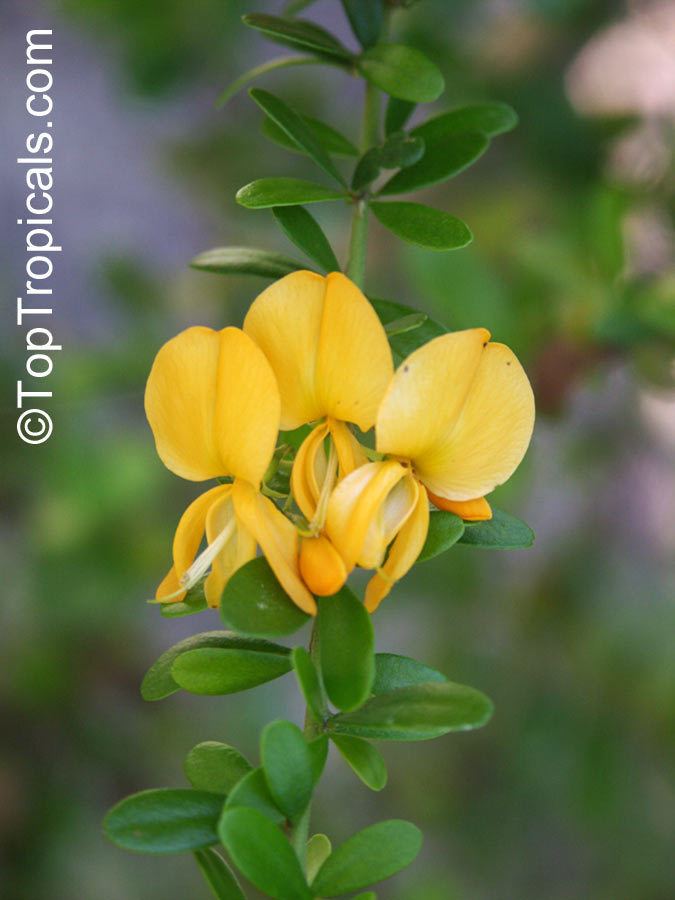
Key features

The Jamaican rain tree is a small drought-resistant tree that can grow around 20–30 feet tall and produces long, drooping branches. It has small, waxy 2-3 parted compound leaves that often appear to be simple. The leaves are densely borne in alternate formation on short spurs that are produced on the main stems. The bright yellow flowers develop on short indeterminate (racemose) inflorescences. They are typically (for the Faboideae subfamily) pea-like and hermaphroditic, with bilateral symmetry and (not so typically) heterostyly. The fruits are legumes, which are common for the Fabaceae family.
Ecology
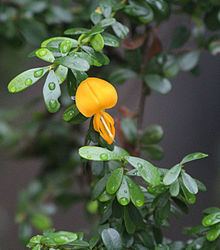
B. ebenus grows in scrublands (tropical terrestrial biome), needs full sunlight and flowers sporadically throughout the year. As its common name suggests, the Jamaican rain tree is well known to come into bloom almost immediately after a rain event. This is may be an adaptation to produce seeds quickly when unpredictable rains occur. The flowers attract insect visitors such as bees. As in many Faboideae, the Jamaican rain tree has bacterial nodules in its roots, which fix atmospheric nitrogen into a usable form, allowing growth in poor soils.
Biogeography
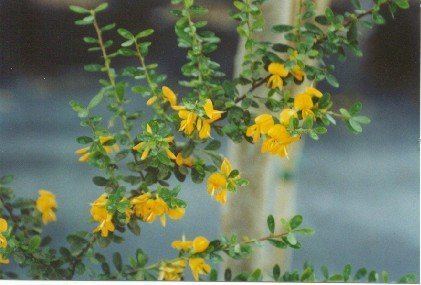
There are four rare Caribbean species of Fabaceae (Faboideae) that were described by Lewis (1988). They are Behaimia cubensis, Belairia mucronata, Herpyza grandiflora & Brya ebenus. Of these four species, Brya ebenus is the only species that is not endemic to Cuba.
Cultivation and uses
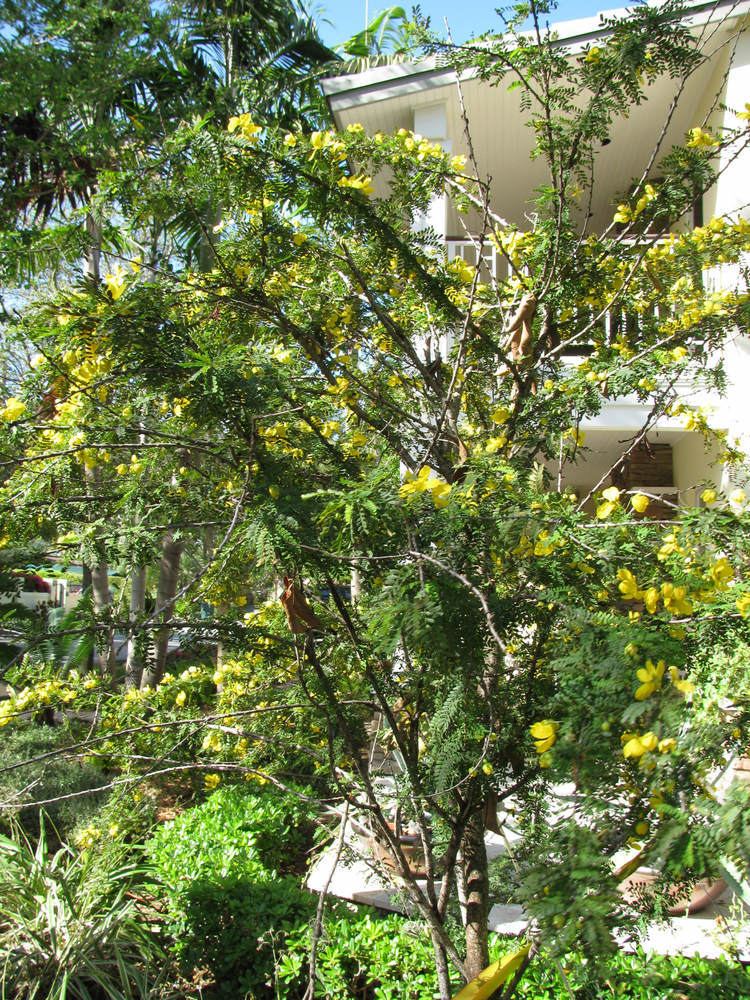
B. ebenus is cultivated as an ornamental, for bonsai trees, and for its valuable wood. Cocus wood is a very dense tropical hardwood with excellent musical tone quality, and was used for making flutes in England and France especially during the 19th century. It is still occasionally used for reeded wooden musical instruments such as bagpipes, clarinets and oboes.
